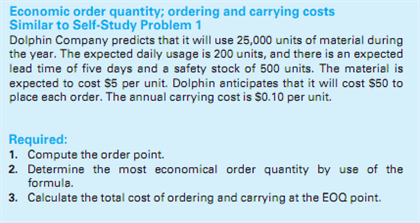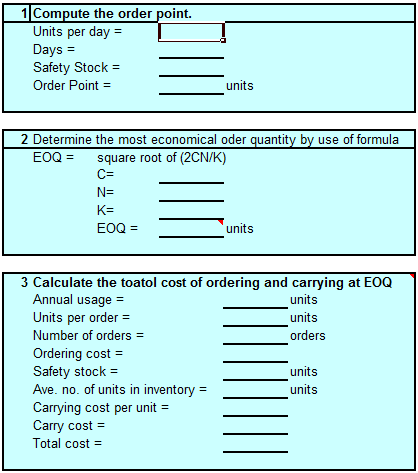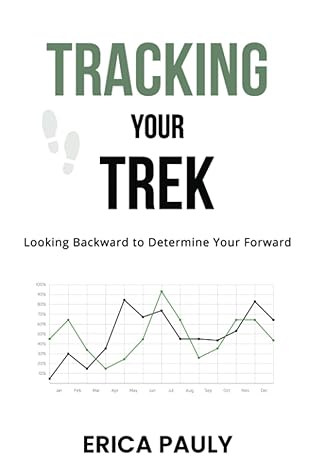Answered step by step
Verified Expert Solution
Question
1 Approved Answer
Dolphin Company predicts that it will use 25,000 units of material during the year. The expected daily usage is 200 units, and there is an


Step by Step Solution
There are 3 Steps involved in it
Step: 1

Get Instant Access to Expert-Tailored Solutions
See step-by-step solutions with expert insights and AI powered tools for academic success
Step: 2

Step: 3

Ace Your Homework with AI
Get the answers you need in no time with our AI-driven, step-by-step assistance
Get Started


